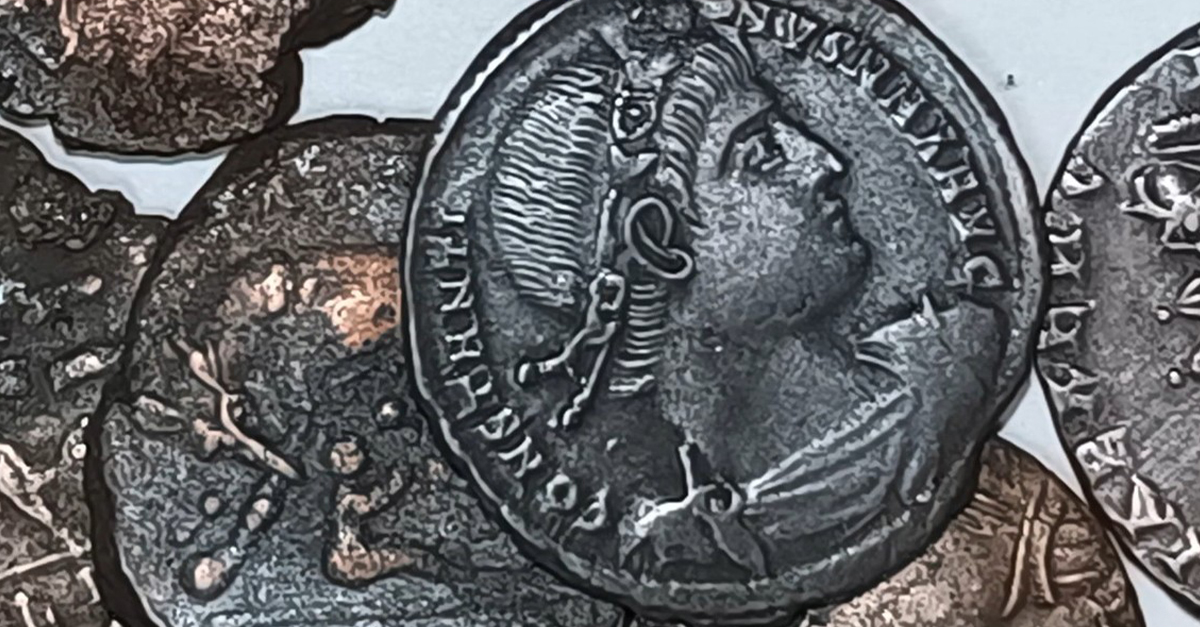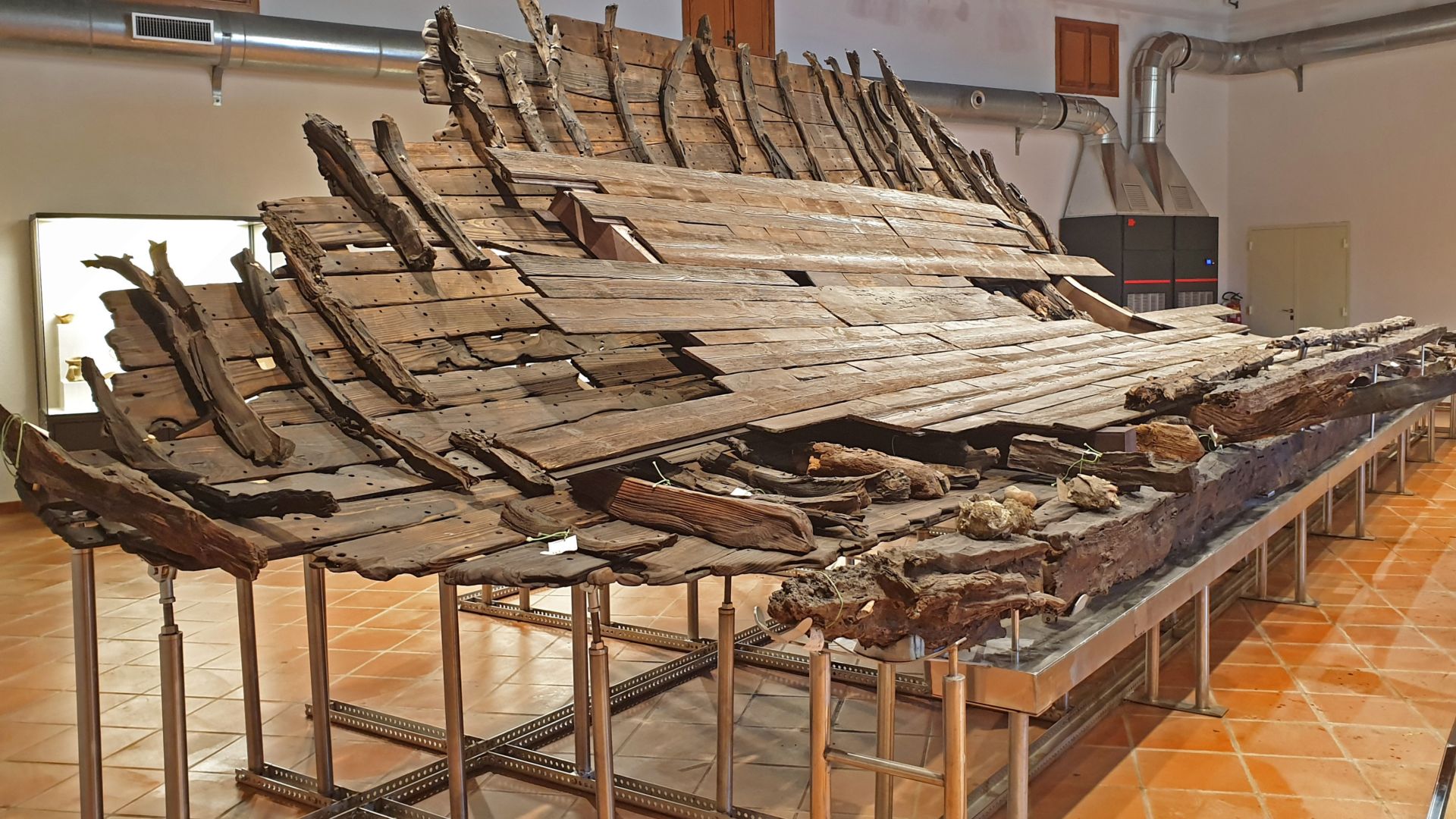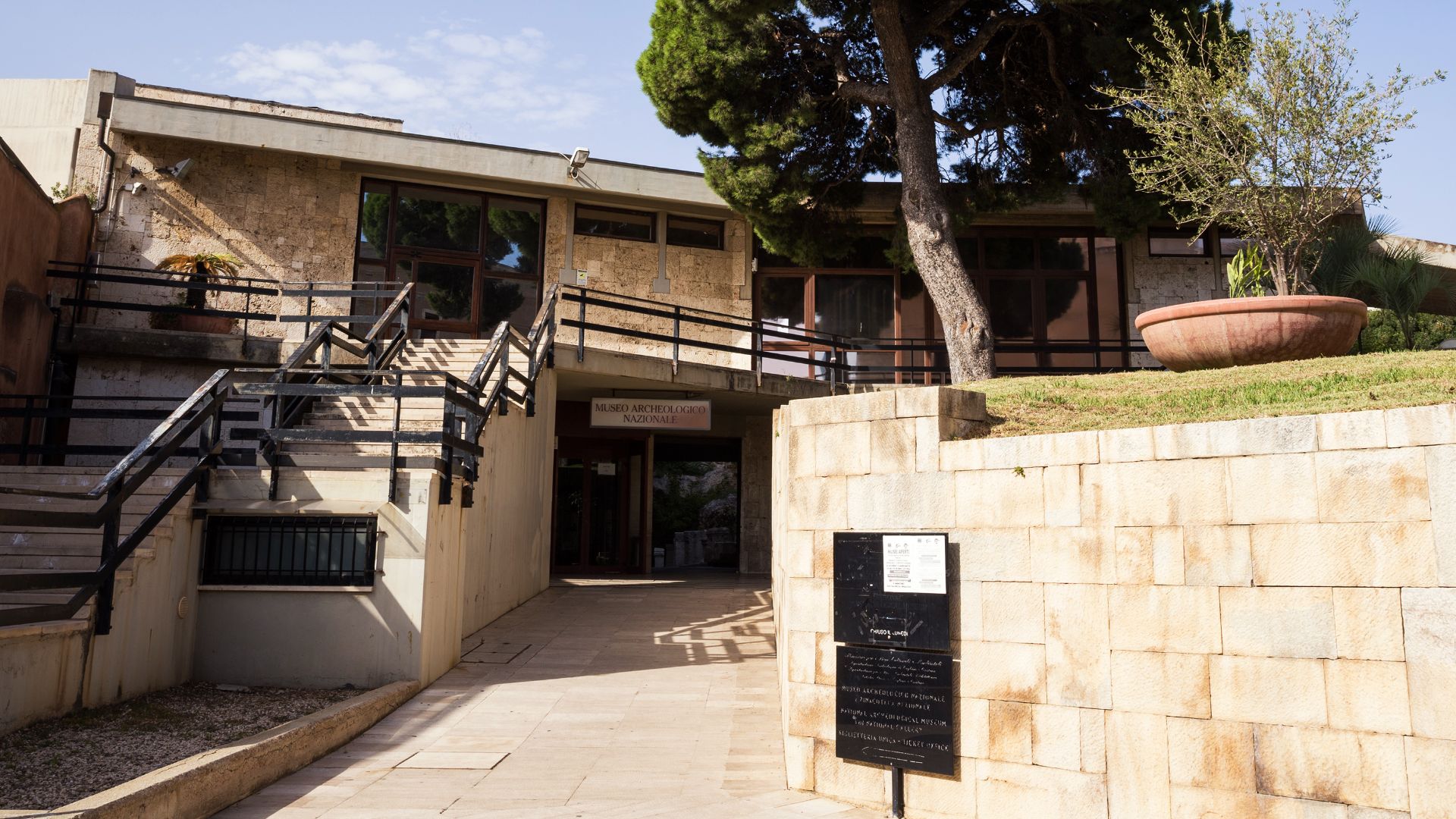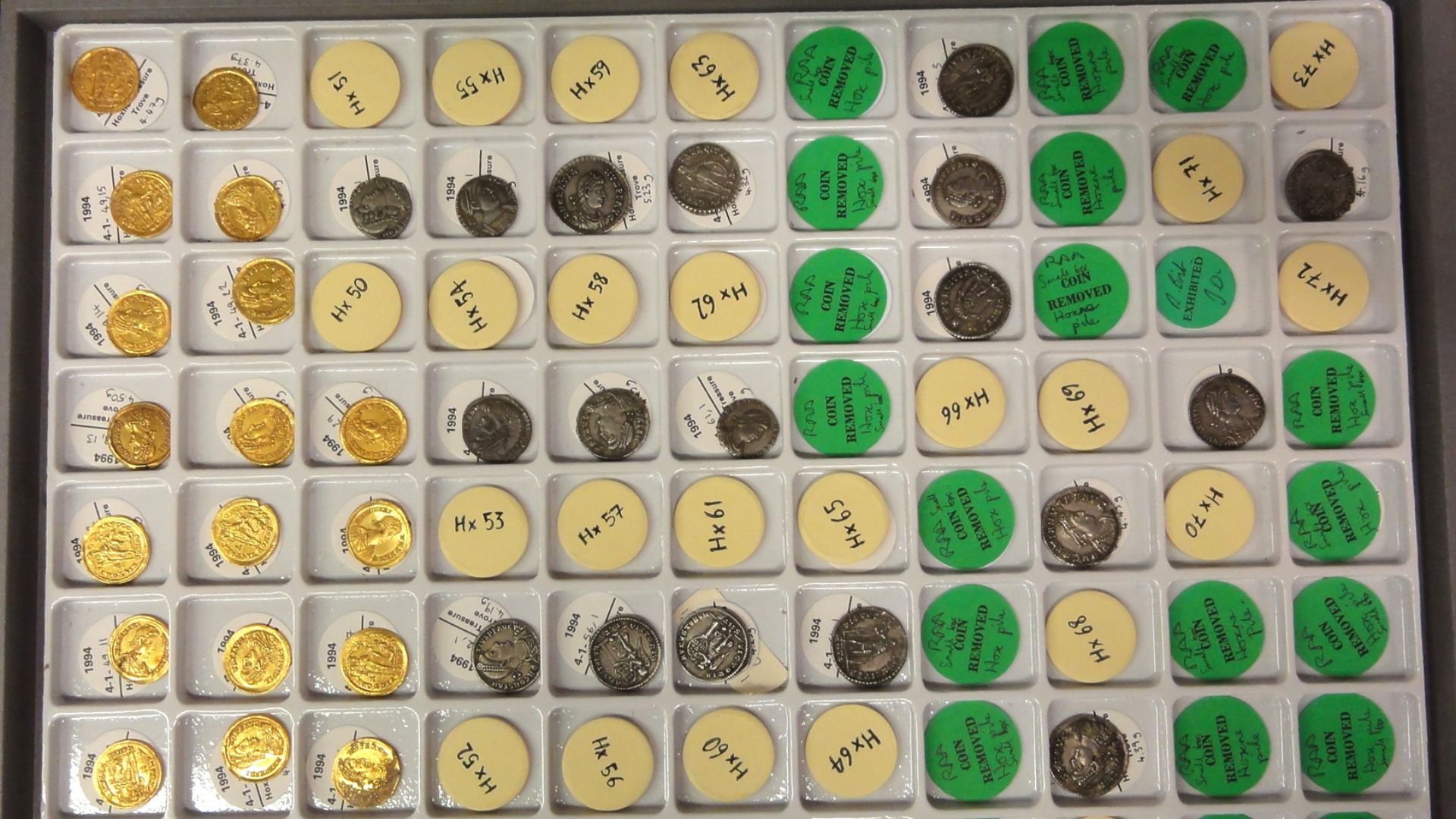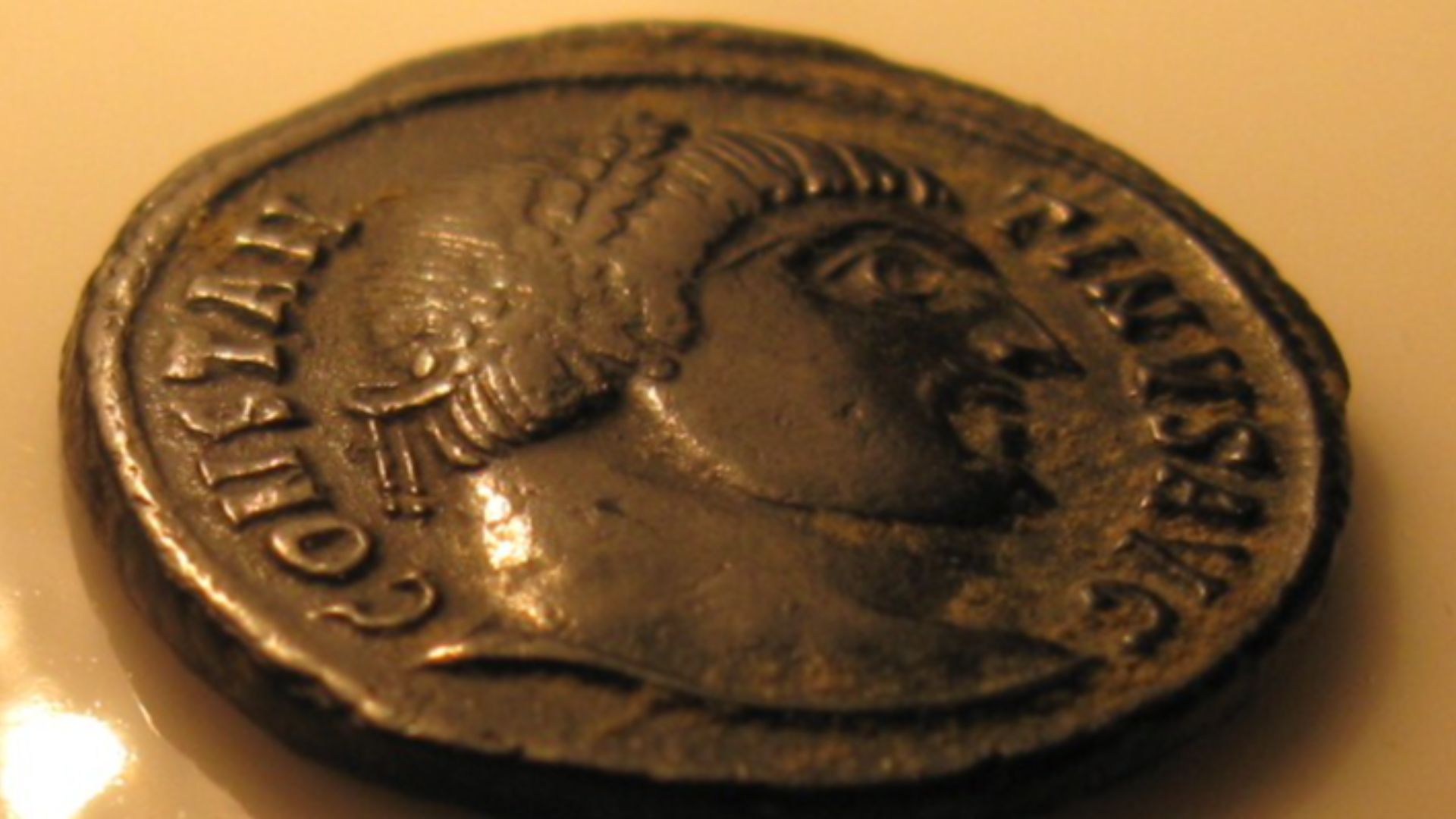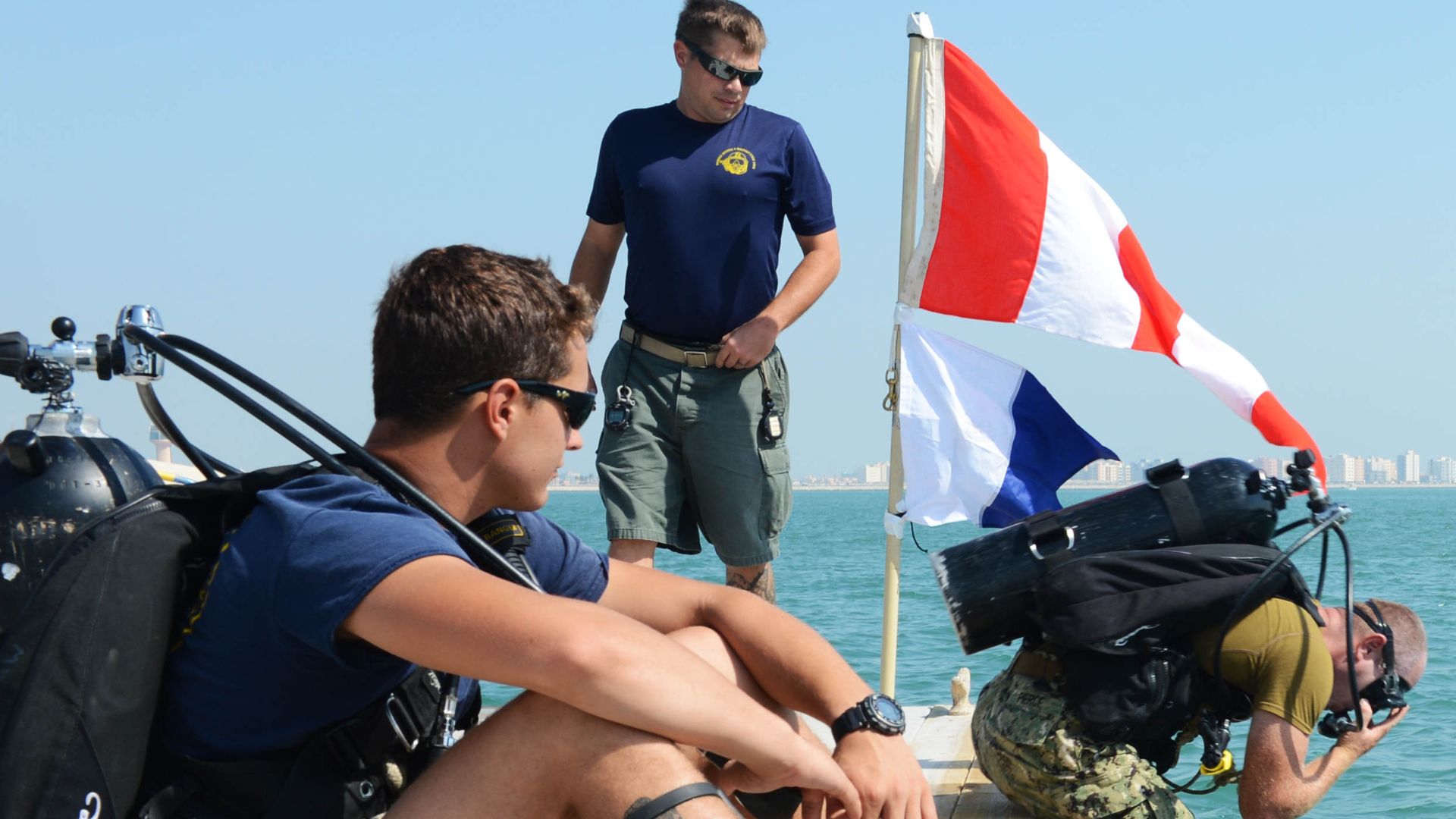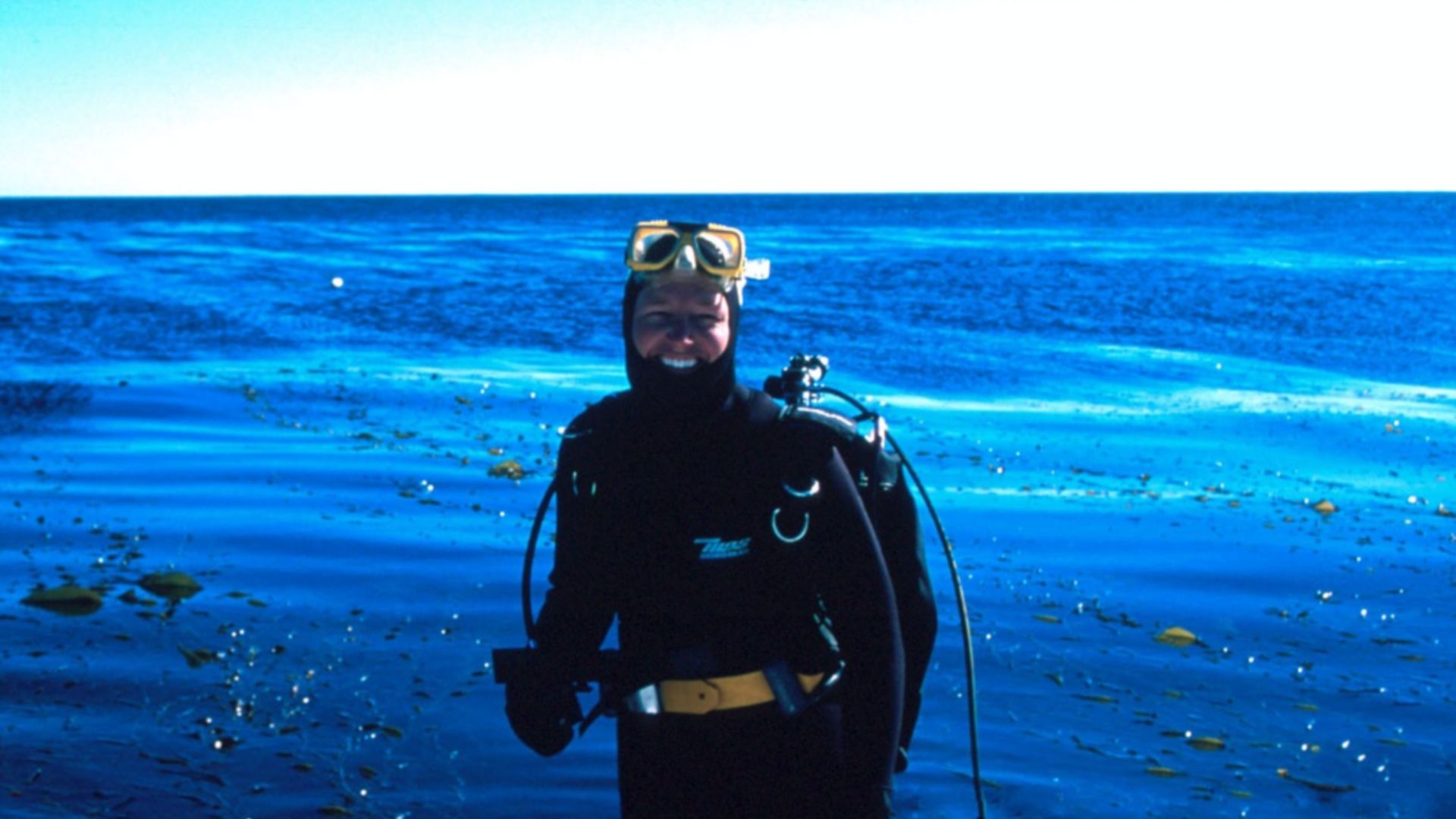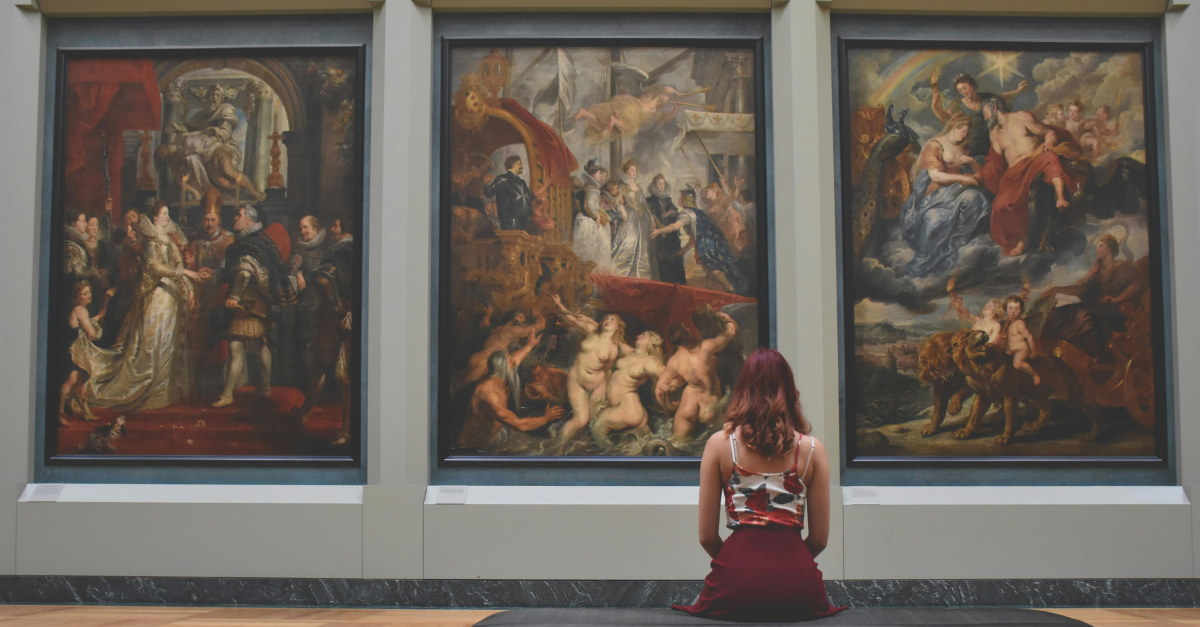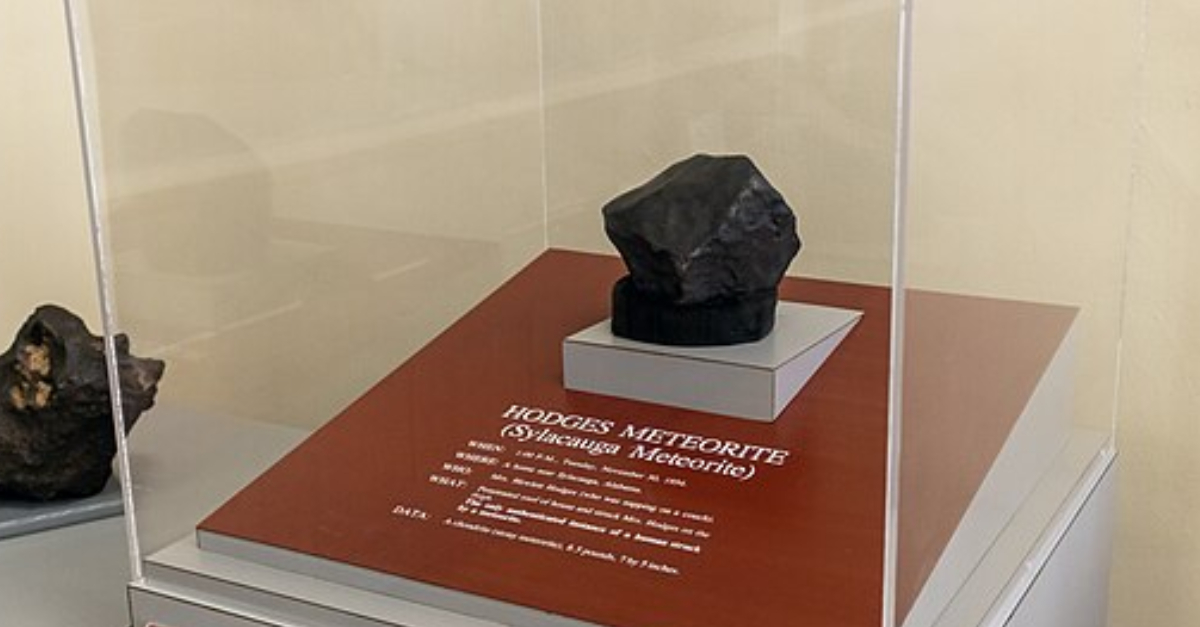Introduction To The Discovery
In 2023, an amateur scuba diver discovered a treasure that floored archaeologists: up to 50,000 well-preserved Roman bronze coins scattered across the seafloor off the coast of Sardinia. The find dates back to the fourth century AD, and represents one of the largest Roman coin hoards ever uncovered in the Mediterranean.
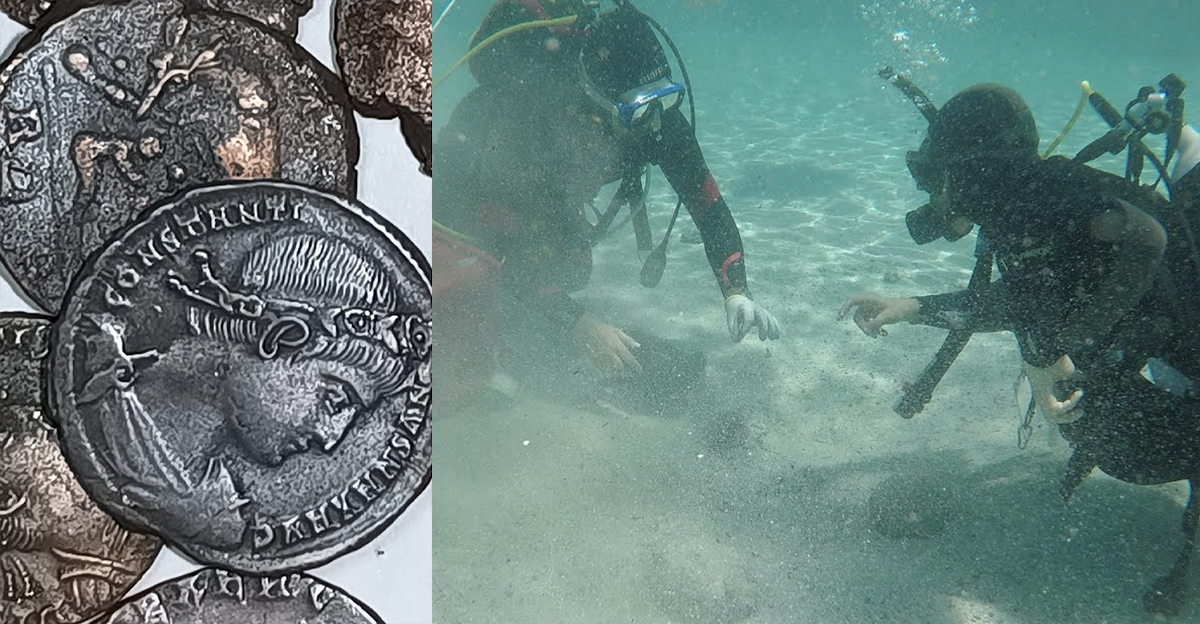
Location Off Sardinia
The coins were found near Arzachena, a town on the northeastern coast of the Italian island of Sardinia. The shallow waters in this part of the Mediterranean were once part of active Roman shipping routes, and have long been suspected of hiding ancient shipwrecks. This surprise discovery catapults the island into prime importance as a hub of Roman seafaring trade.
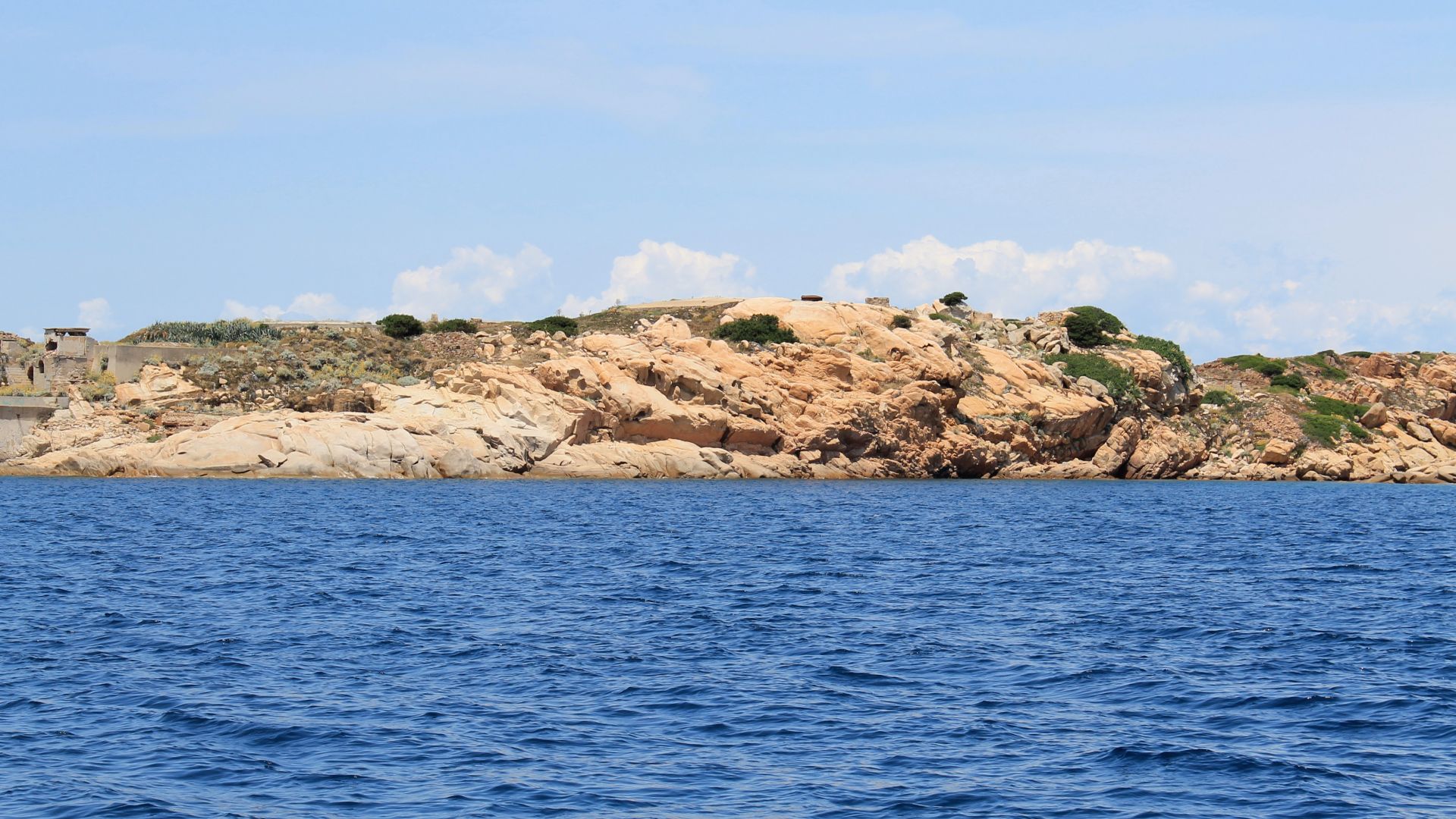 Patrick Nouhailler's…, Wikimedia Commons
Patrick Nouhailler's…, Wikimedia Commons
An Amateur Diver’s Amazing Find
The discovery happened when an amateur diver noticed shiny objects glittering just beneath the sand. Alerting authorities, he unwittingly set in motion one of the most important and far-reaching underwater excavations in recent Italian history. His find is further proof of how chance encounters can lead to incredible archaeological breakthroughs.
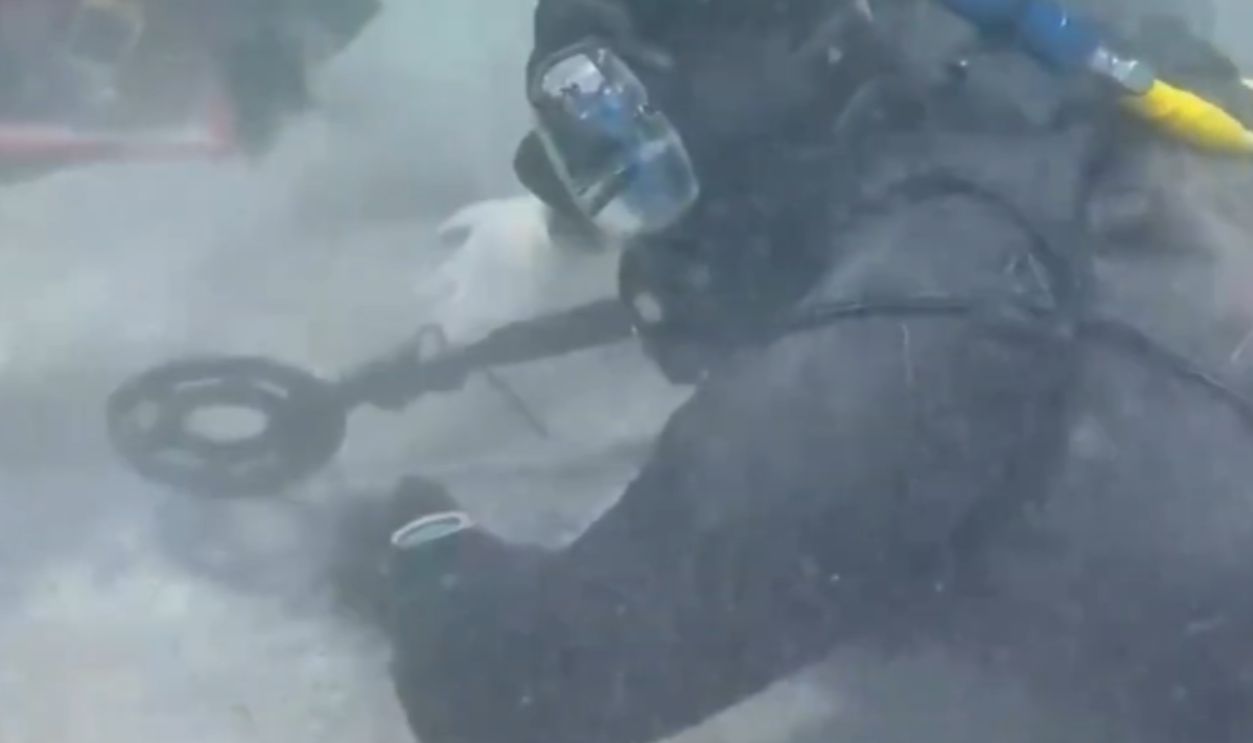 50,000 lost Roman-era coins located by diver | SARDINIA TREASURE FOUND, CTV News
50,000 lost Roman-era coins located by diver | SARDINIA TREASURE FOUND, CTV News
The Staggering Scale Of The Treasure
Initial estimates suggested that the trove held around 30,000 coins, but careful recovery soon brought that total to as many as 50,000. The sheer scale of the find is mind-boggling, meaning that the ship had to have been either a merchant vessel’s lost cargo or a deliberate attempt to conceal wealth during the instability that occurred in the late Roman Empire.
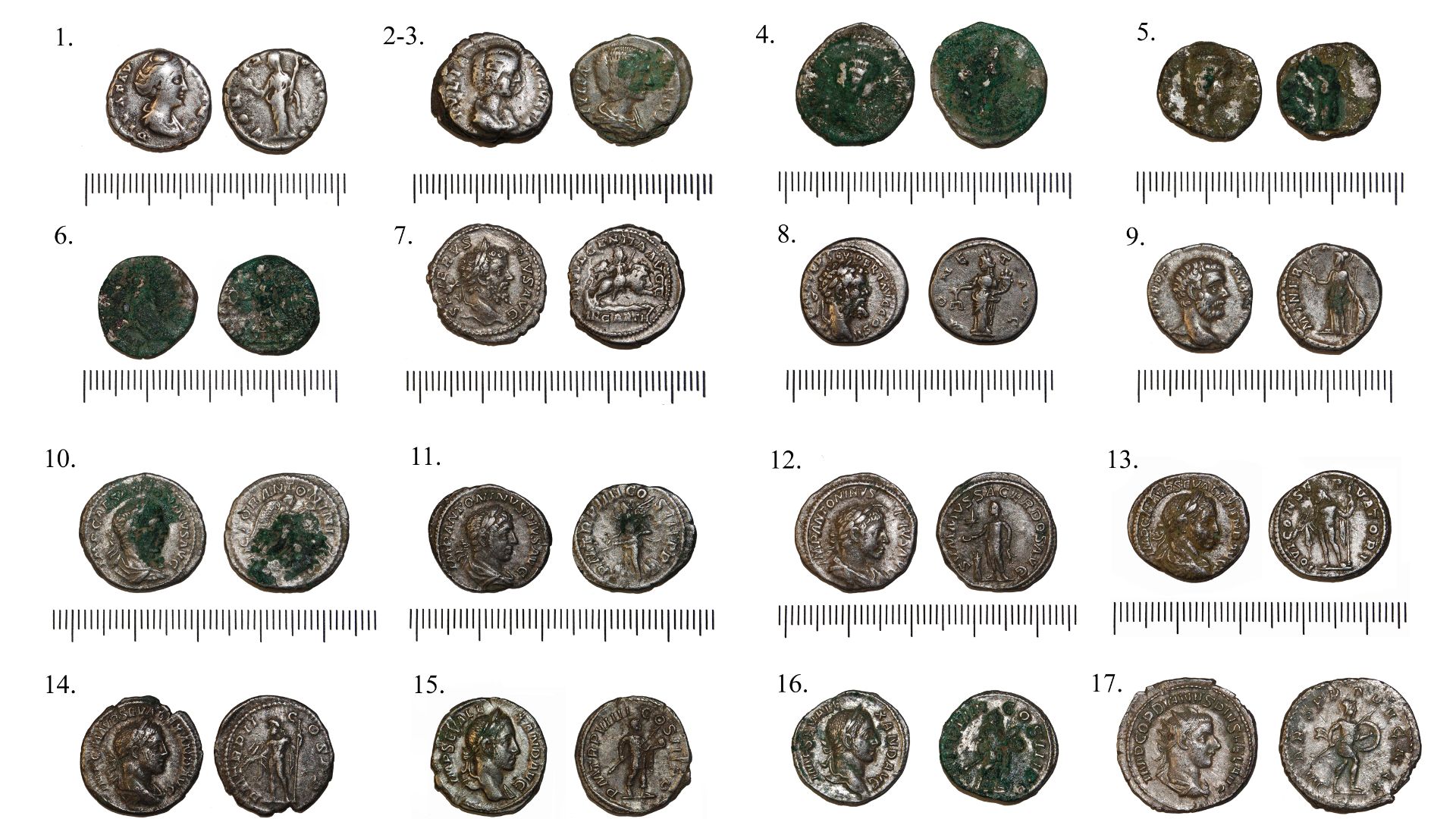 Bristol City Council, Emma Whitcombe, 2012-04-20 16:27:42, Wikimedia Commons
Bristol City Council, Emma Whitcombe, 2012-04-20 16:27:42, Wikimedia Commons
Condition Of The Coins
Despite lying underwater for over 1,600 years, the coins were incredibly well-preserved. Bronze generally corrodes quite quickly, but it turns out that protective layers of sand shielded them from seawater damage. Their legibility offers archaeologists a rare chance to study the minting practices and imperial iconography of the fourth century AD in detail.
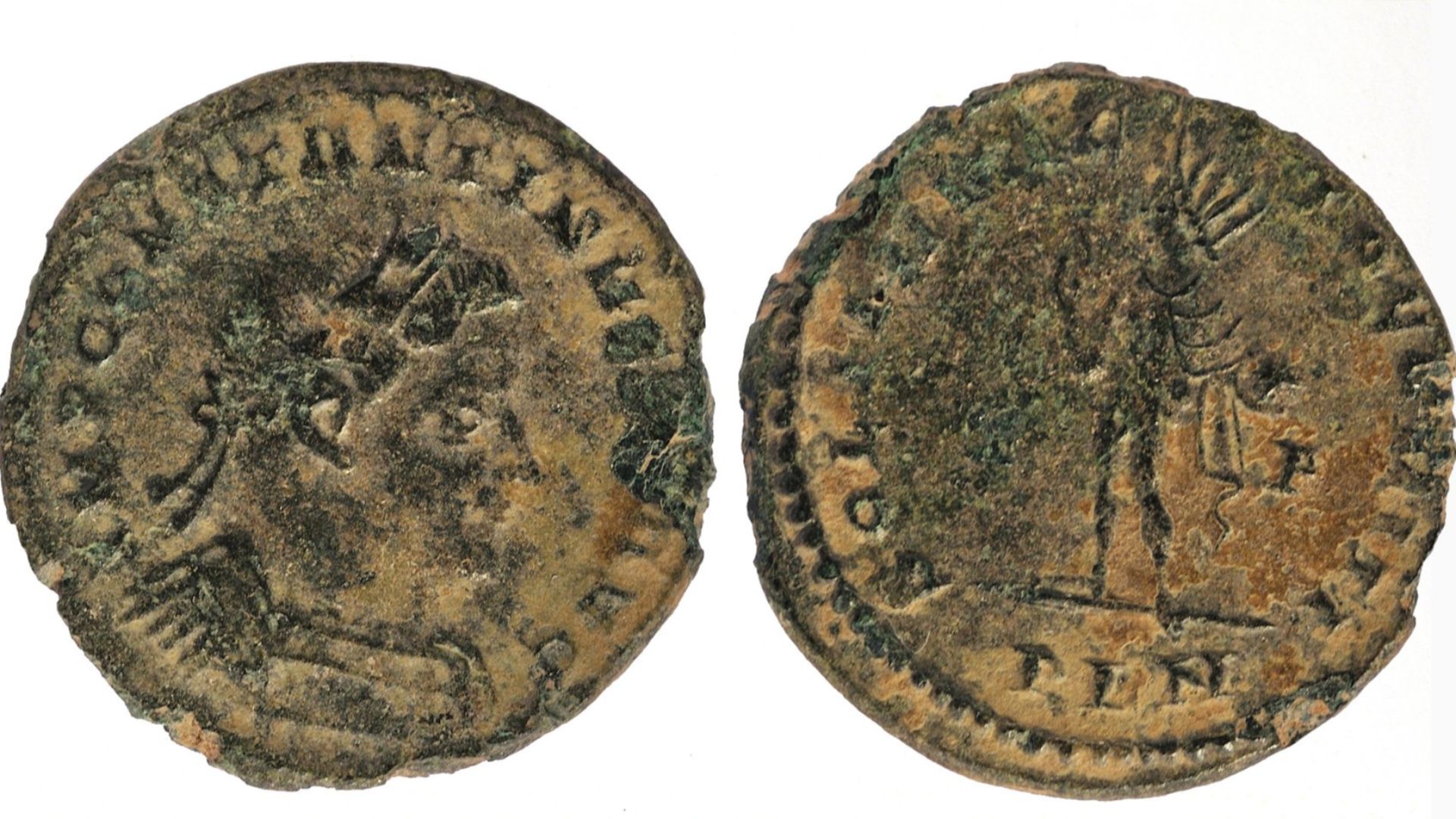 Clywd-Powys Archaeological Trust, Rod Trevaskus, 2008-06-05 09:57:33, Wikimedia Commons
Clywd-Powys Archaeological Trust, Rod Trevaskus, 2008-06-05 09:57:33, Wikimedia Commons
Dating Way Back To The Fourth Century
These coins date to the fourth century AD, a period of transition and upheaval in the Roman Empire. The era was marked by civil wars, barbarian invasions, and desperate attempts at administrative reform. These coins can provide valuable insight into the economic challenges that were staring Rome in the face at that time.
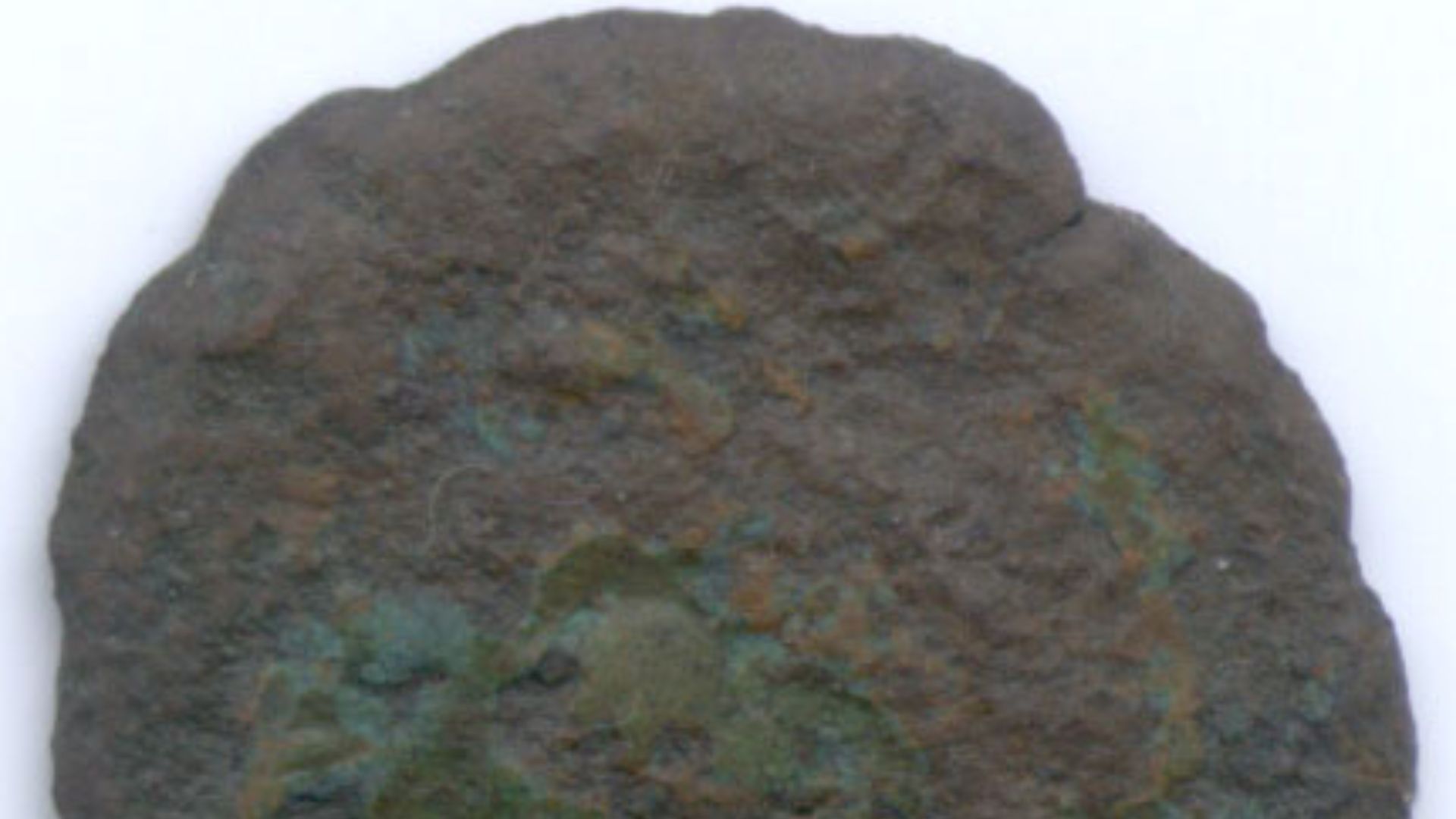 The Portable Antiquities Scheme, Faye Sayer, 2004-03-17 22:33:09, Wikimedia Commons
The Portable Antiquities Scheme, Faye Sayer, 2004-03-17 22:33:09, Wikimedia Commons
Theories Behind The Hoard
Why were there so many coins in this remote seafloor location off Sardinia’s coast? Some scholars think that the coins were the remains of a shipwreck carrying tax revenues or military pay. Others argue the coins could have been deliberately hidden there, perhaps by traders or officials fleeing outbreaks of chaos. While the theories swirl, a definitive explanation has yet to come out on top.
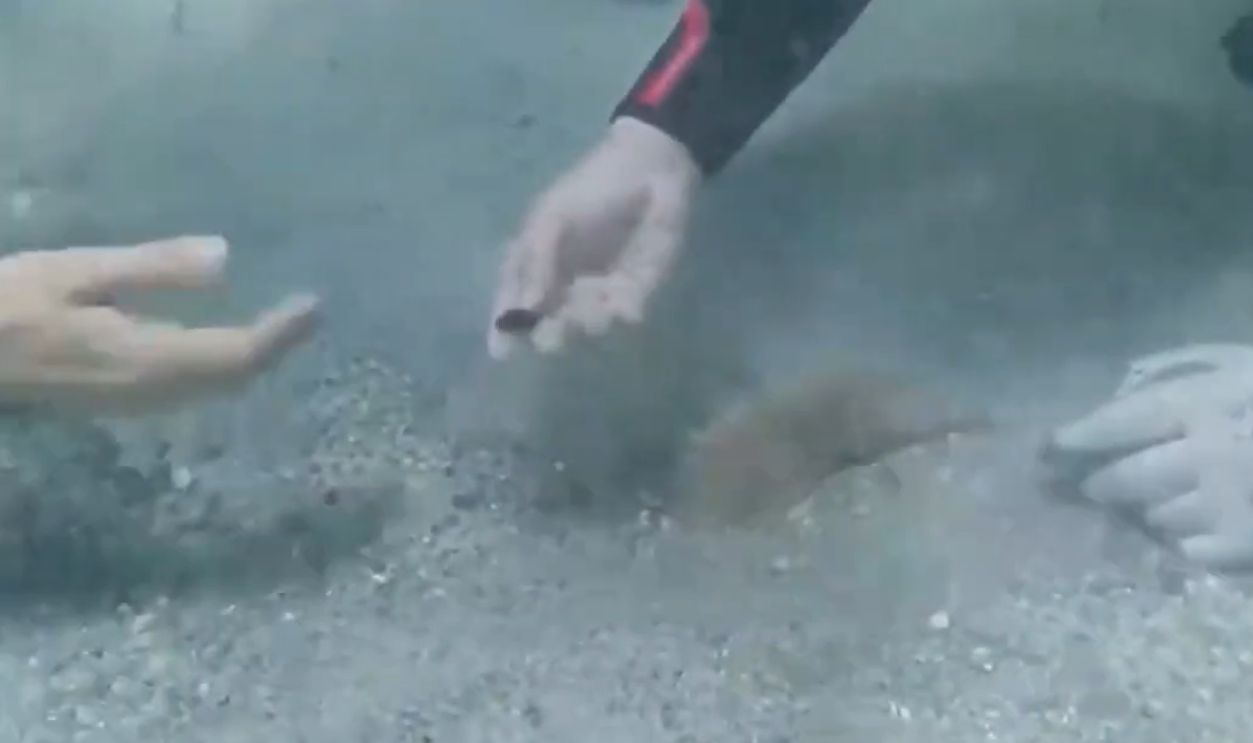 50,000 lost Roman-era coins located by diver | SARDINIA TREASURE FOUND, CTV News
50,000 lost Roman-era coins located by diver | SARDINIA TREASURE FOUND, CTV News
Meaning For The Roman Economy
The Sardinian coin hoard provides vital evidence about the conditions of the Roman economy in the fourth century. The mass of coins suggests large-scale circulation and the importance of bronze currency for day-to-day business dealings. Close study of this hoard could reveal macroeconomic inflationary trends and regional trade networks.
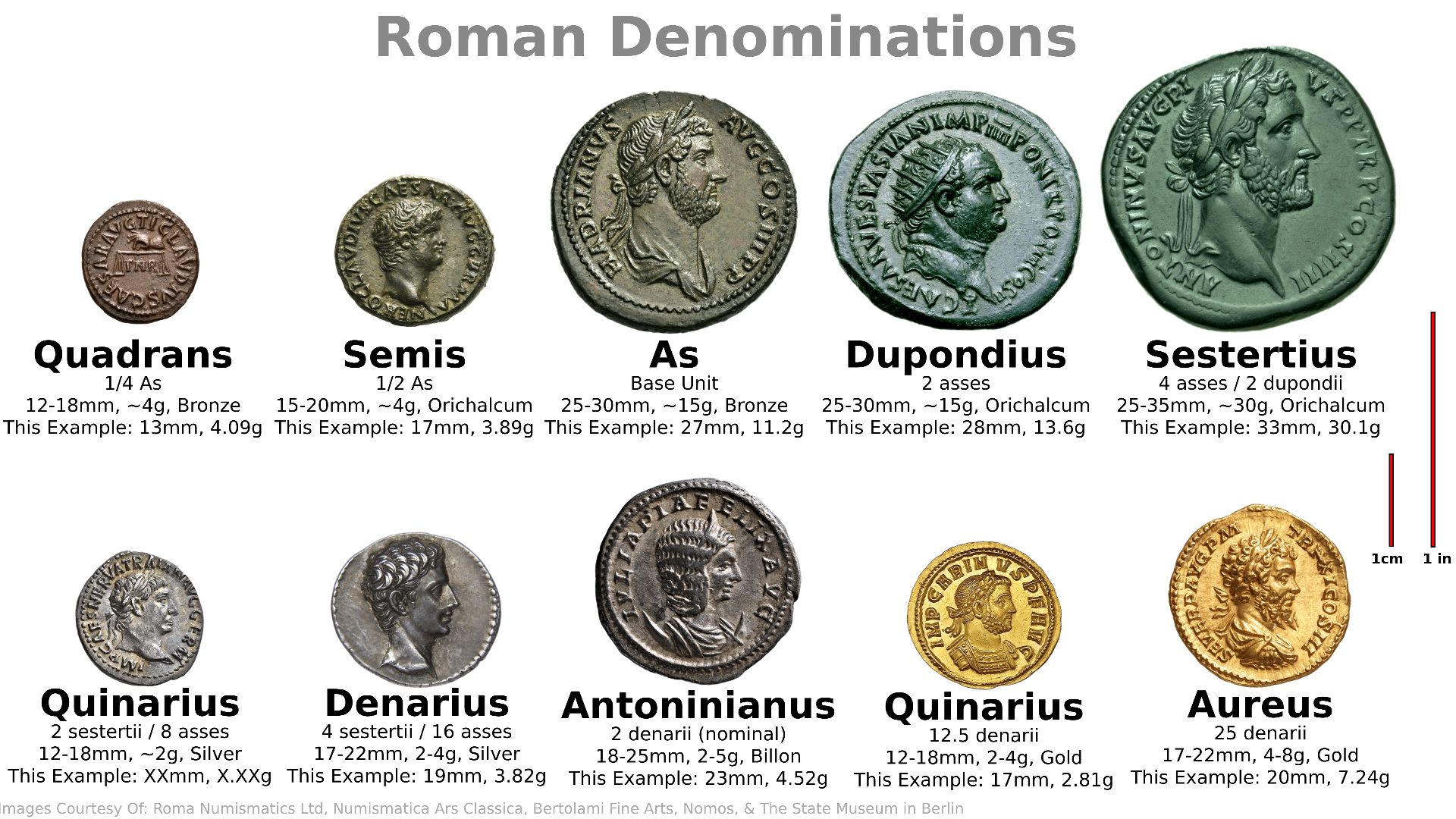 Trombonist04, Wikimedia Commons
Trombonist04, Wikimedia Commons
The Challenges Of Underwater Excavation
Hauling up 50,000 coins off the seabed was no easy task. Archaeologists used underwater drones, careful hand excavation, and powerful suction equipment to lift the coins without damaging them. Each individual coin was documented, photographed, and analyzed to reconstruct a comprehensive picture of the find.
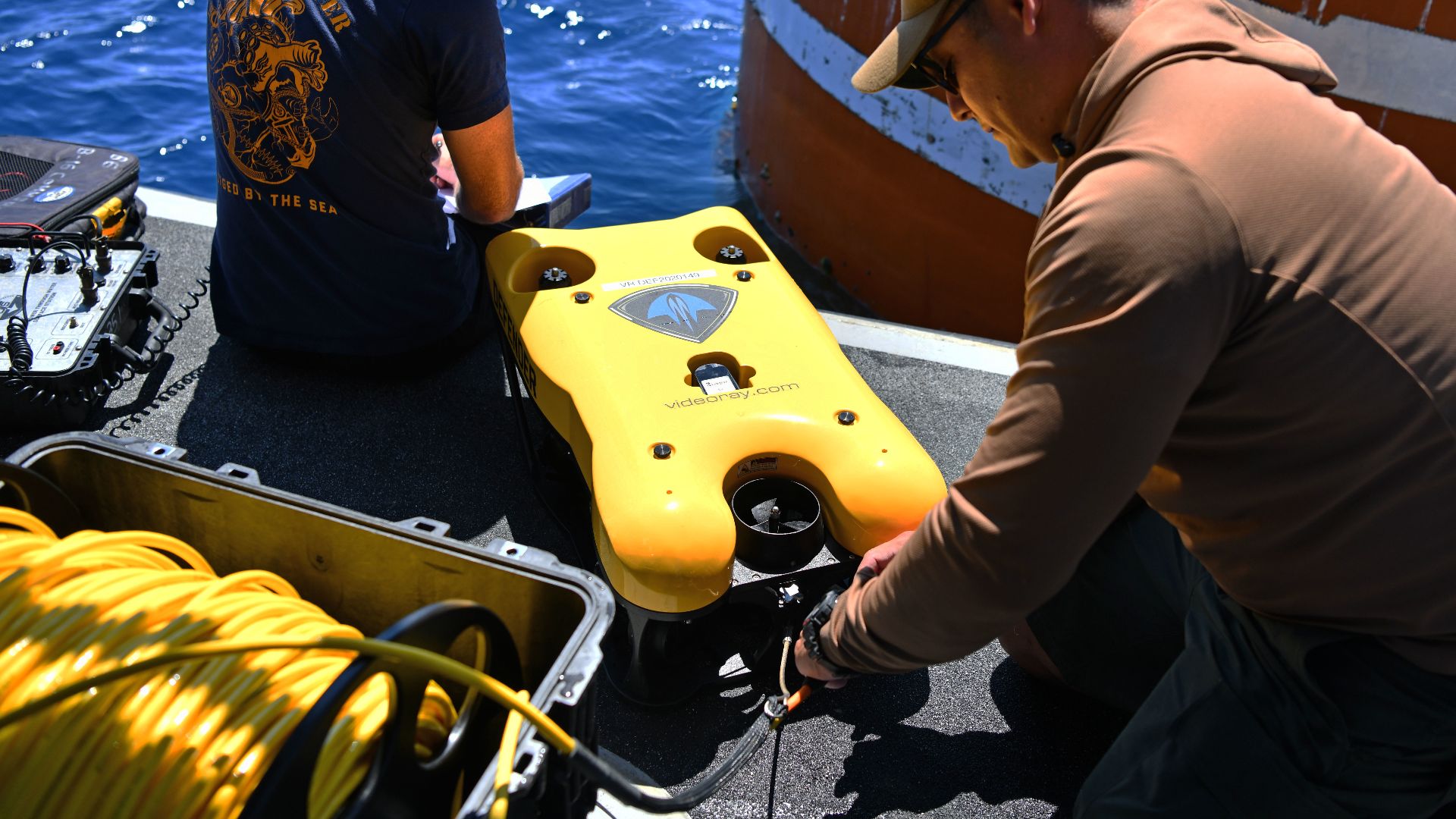 Seaman Caroline Lui, Wikimedia Commons
Seaman Caroline Lui, Wikimedia Commons
Role Of Sardinia In Roman Times
Sardinia was a critical province for the Roman Empire; it was highly valued for its grain, minerals, and strategic location. Its harbors linked Italy to Spain, Africa, and beyond. The coin discovery underscores Sardinia’s role in imperial trade, administration, and defence.
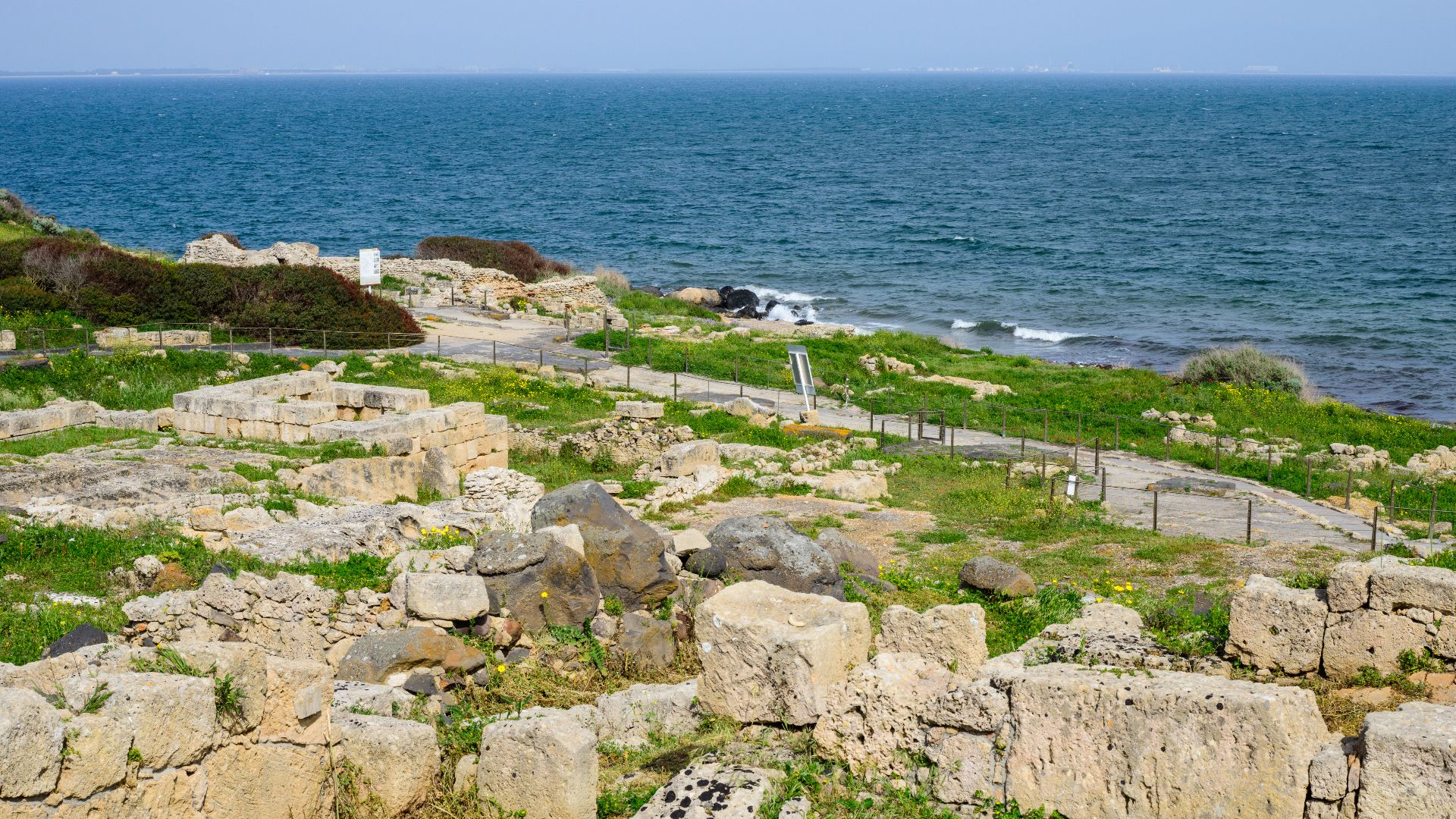 Norbert Nagel, Wikimedia Commons
Norbert Nagel, Wikimedia Commons
Archaeological Preservation
Once the coins were recovered, they required careful preservation. Specialists rinsed and treated them to stop any corrosion. Conservation labs now have the hoard, where detailed studies are being carried out by historians. Their preservation will give this remarkable treasure its best chance to survive as a useful source of scholarship and as a display for a curious public.
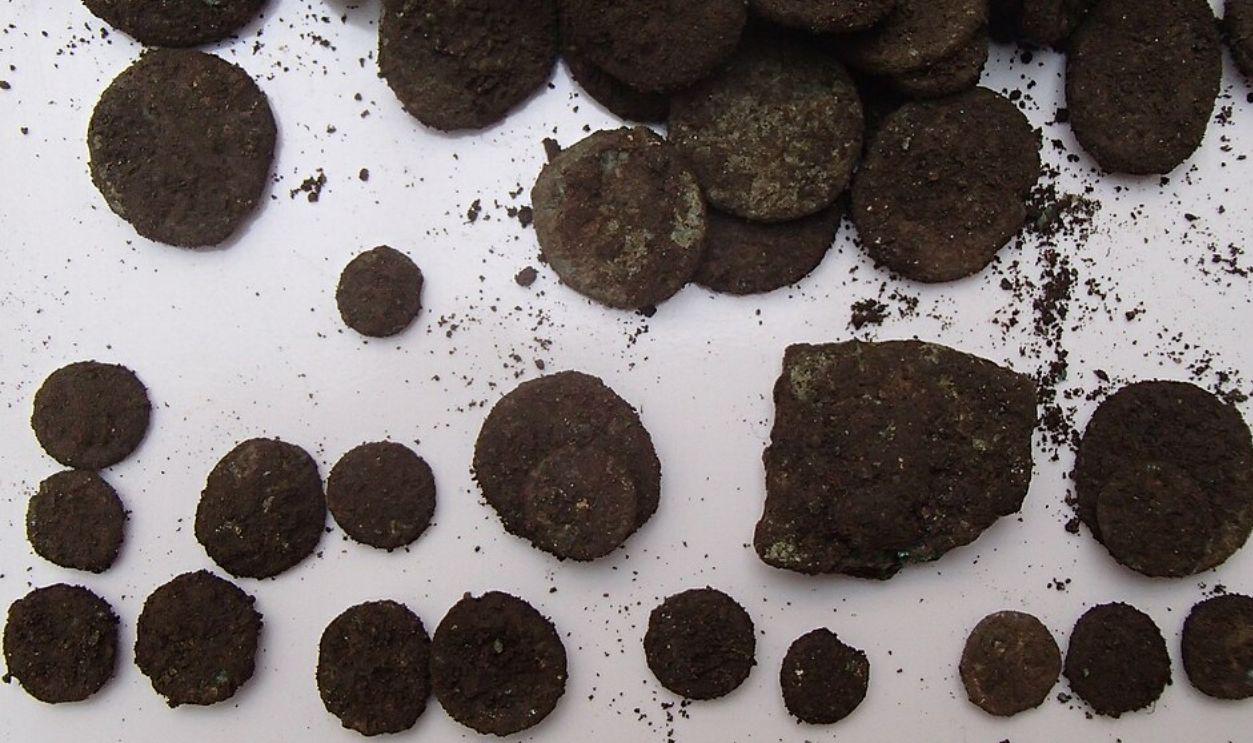 Unknown author, Wikimedia Commons
Unknown author, Wikimedia Commons
More Discoveries Lurking
The Sardinian find may only be the beginning. Archaeologists think the coins could be linked to a nearby shipwreck that still hasn’t been found. If discovered, the wreck might reveal cargo, timber, and tools, not to mention more coins, enlightening us further on maritime trade and transport in the late Roman world.
A Boost For Local Tourism
The discovery has already triggered international attention, elevating Sardinia’s profile as a destination for cultural tourism. Plans are already in motion to display portions of the hoard in local museums. Visitors looking to learn more about it can also explore other highlights of Sardinia’s rich Roman and prehistoric heritage.
How It Stacks Up Against Other Hoards
The Sardinia hoard ranks among the biggest coin discoveries ever, rivaling famous finds in Britain and the Balkans. Its underwater preservation makes it especially rare and valuable. It’s only when you compare the size to other coin discoveries that we can fully grasp the significance of Sardinia’s contribution to Roman archaeology.
Insight Into Roman Iconography
These coins feature minted portraits of emperors and symbolic imagery. The details are an insight into imperial propaganda and the religious beliefs of the time. Scholars are hankering to analyze iconographic variations, which could offer clues to understanding shifts in political power and legitimacy.
Contribution To Numismatics
Numismatics, the study of coins, could take a huge leap forward because of this find. The Sardinia hoard gives us a controlled dataset for analysis of minting practices, distribution, and circulation. It will help us fine-tune the timelines of coin production in the chaotic fourth century.
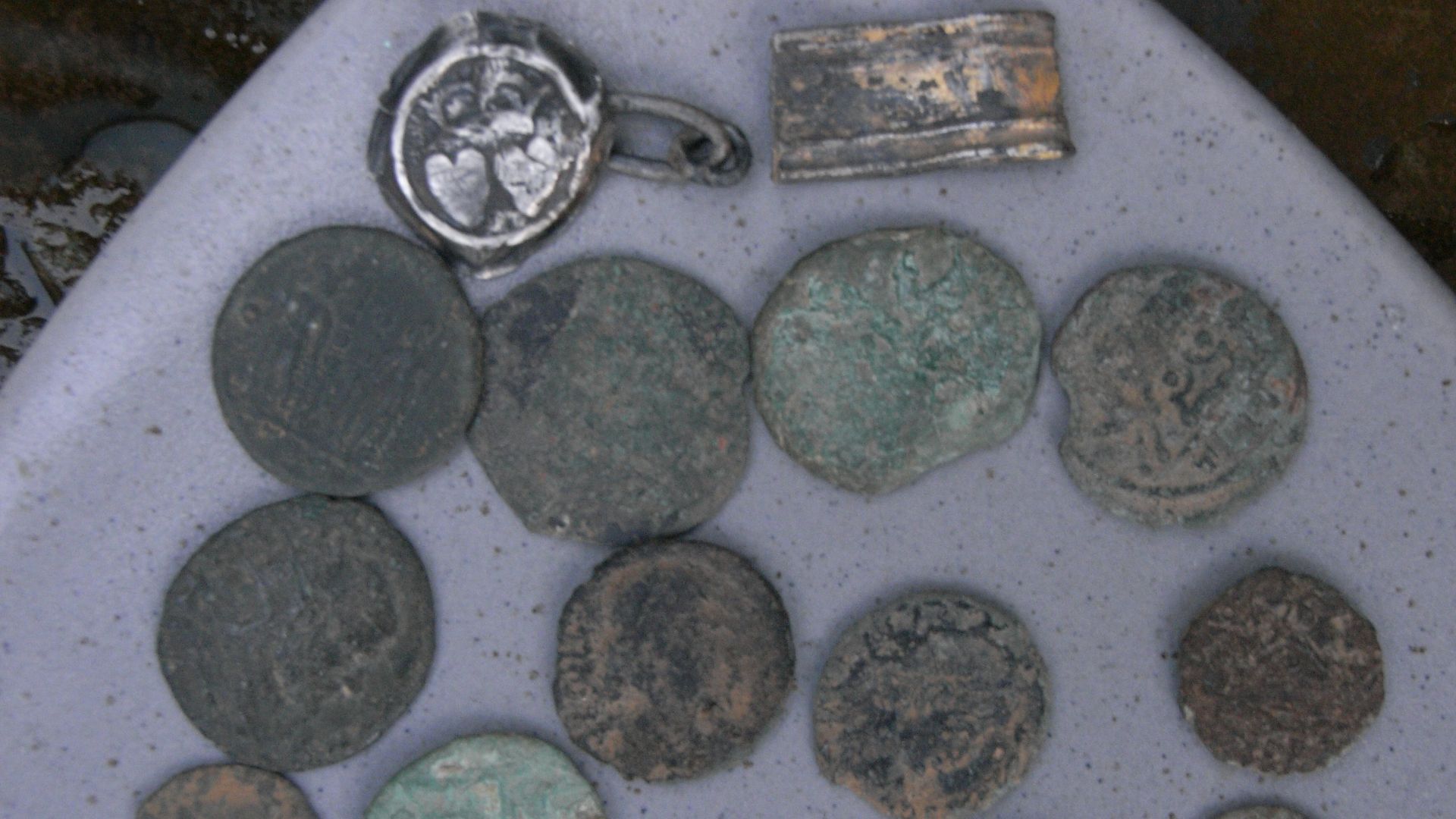 All rights reserved, Amy Downes, 2014-06-09 14:21:04, Wikimedia Commons
All rights reserved, Amy Downes, 2014-06-09 14:21:04, Wikimedia Commons
An Entire Community Activated
Local communities have rallied around the discovery, with justifiable pride in Sardinia’s role in Roman history. Schools, cultural groups, and diving clubs are participating in educational programs inspired by the find. The event has turned into a symbol of shared heritage and identity.
Challenges Of Underwater Archaeology
While this discovery is spectacular, underwater archaeology poses daunting challenges. Recovery efforts are challenged by strong currents, shifting sands, and the ever-present possibility of submerged artifacts totally disintegrating. The Sardinia project is confirmation of the level of expertise required to safeguard the cultural heritage hidden beneath the sea.
Global Fascination With Treasure Finds
Stories of lost treasure never fail to grip the public imagination, and the Sardinia coin hoard is no exception. Global media coverage emphasized the romance of the discovery just as much as the scientific value of archaeology. It’s finds like this that remind us of the magnetic pull of history on us all.
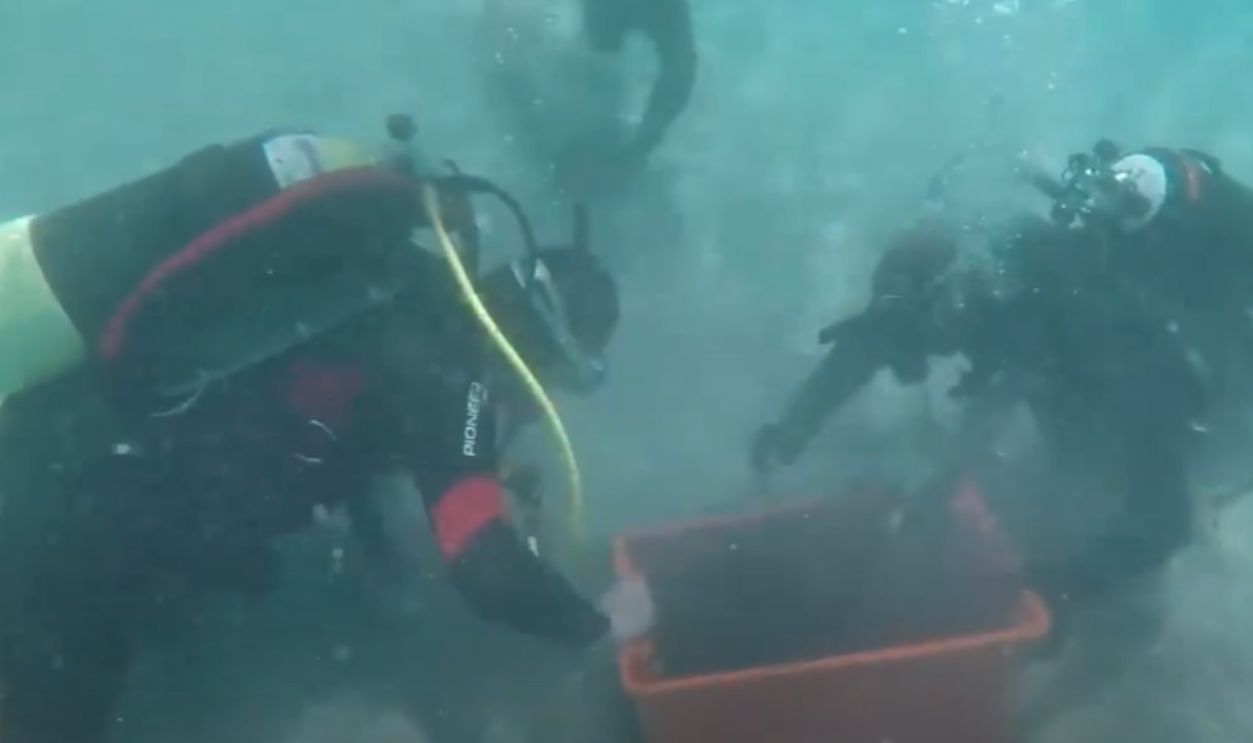 Thousands of 'Exceptional' Roman Coins Found Off Sardinia Coast, Storyful News & Weather
Thousands of 'Exceptional' Roman Coins Found Off Sardinia Coast, Storyful News & Weather
Sardinia’s Roman Legacy Lives On
The 2023 discovery of 50,000 Roman coins off Sardinia is incredible in and of itself, but it also offers us a window into the economy, politics, and maritime life of the late Roman Empire. As research slowly grinds on, Sardinia’s waters may yet offer up even greater wonders.
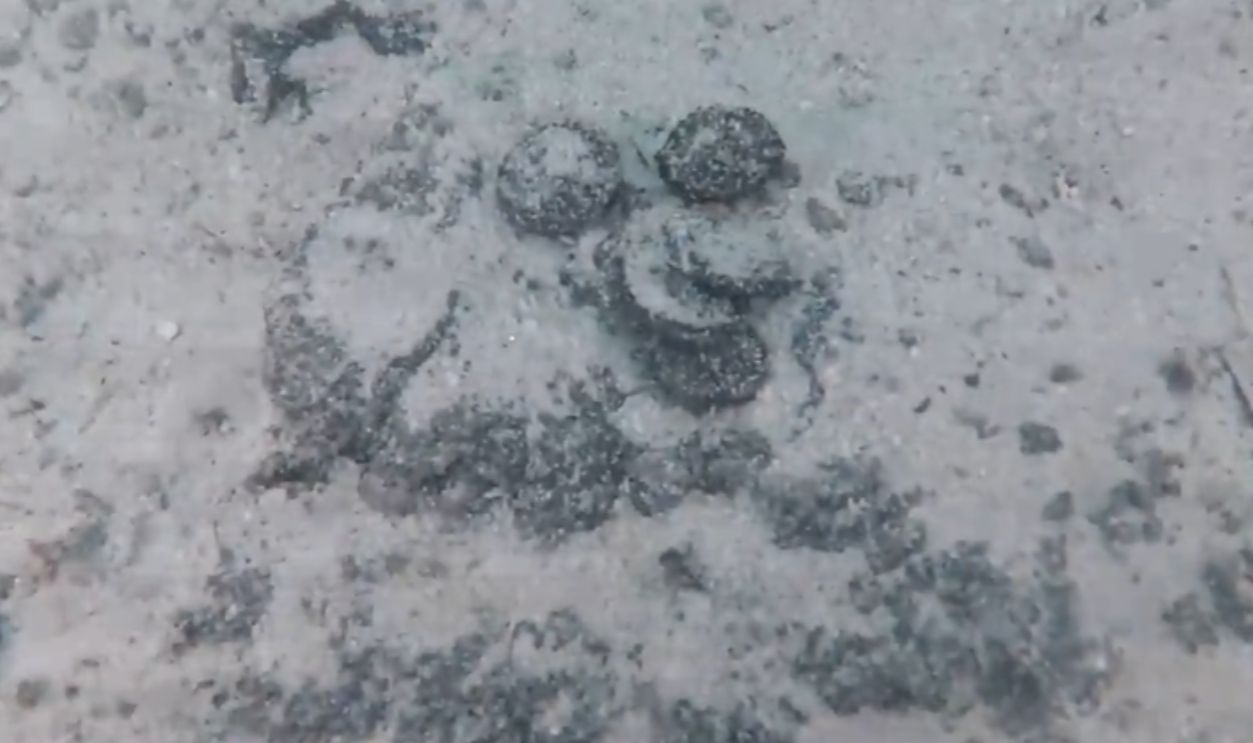 Thousands of 'Exceptional' Roman Coins Found Off Sardinia Coast, Storyful News & Weather
Thousands of 'Exceptional' Roman Coins Found Off Sardinia Coast, Storyful News & Weather
You May Also Like:
Archaeologists In Egypt Discovered A New Section Of The Ancient Sunken City Of Canopus

